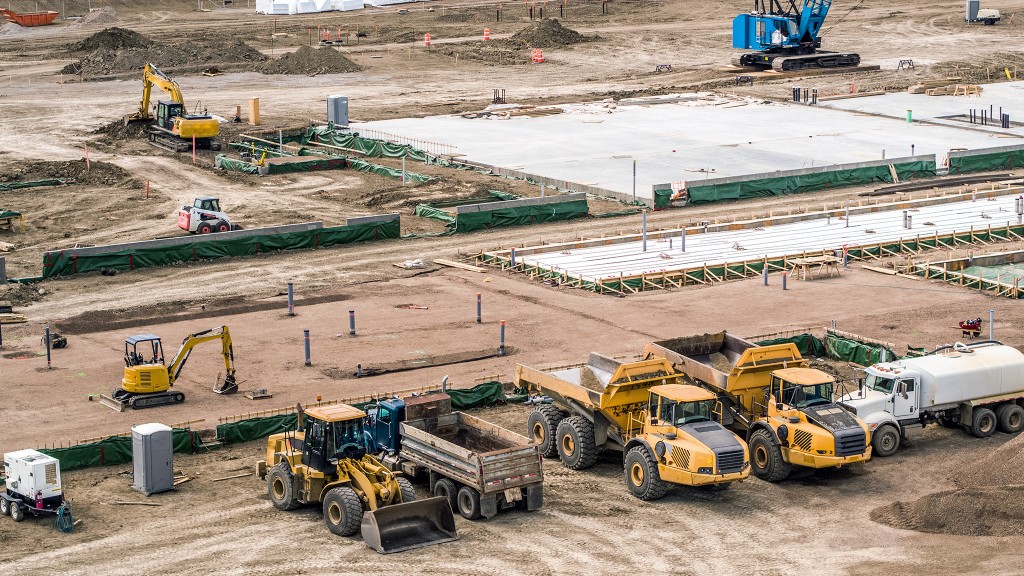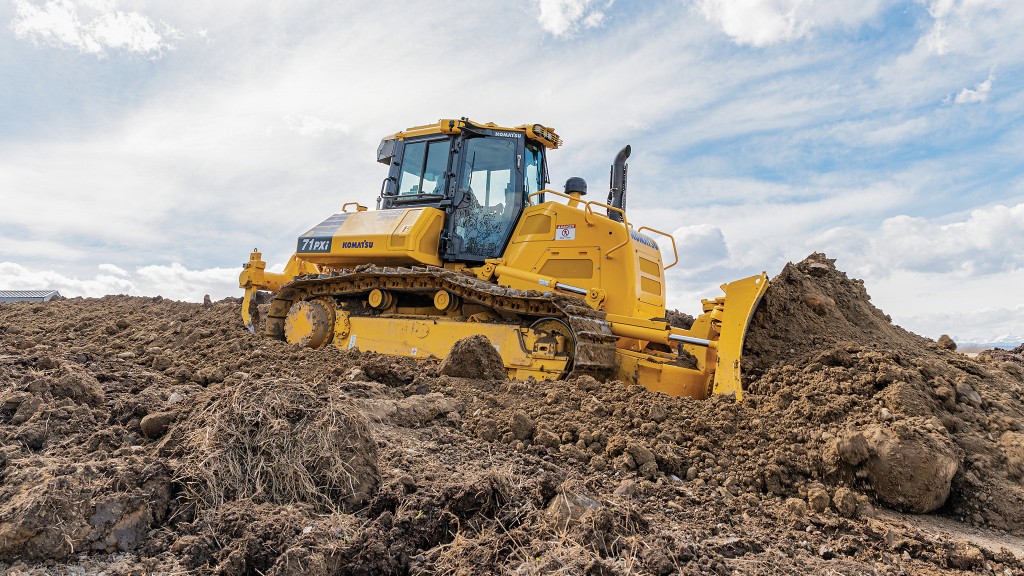
I recently attended a technology-focused event where contractors were invited to share some of the roadblocks and concerns around adopting new technology for their businesses. The biggest concern was, unsurprisingly, price, and the significant up-front outlay that can be required to set up a digitally connected job site before the benefits and savings from that technology are realized.
But another concern that repeatedly came up was that employees would think that "Big Brother" was watching if management introduced camera systems or other operator behaviour tracking and intervention tools on the equipment.
This is a completely understandable concern, and organizations need to address it with employees before introducing something that looks like a surveillance tool into what is effectively their office.
When introducing any new technology on the job site, the first mistake that management can make is adding that technology without explaining how it benefits the workers using it. This problem can arise with the introduction of any new productivity boosting tool, but the point of introducing the new tool is defeated if workers don't know how to use it effectively or understand the value. When the new technology involves cameras and data collection the additional risk is the erosion of trust between employee and employer. Employers already strapped for skilled labour can't risk the degradation of those relationships.
It is essential to have transparent conversations with employees because camera-based safety alert systems, in particular, can save lives and protect assets. Obstacle detection systems on heavy equipment alert operators to the presence of people and objects within dangerous proximity of working machinery. Cameras in the cab on haul trucks alert operators if their attention is diverted from the road. Sensors and cameras on trucks can detect hard braking and speeding and record these incidents for review.
No one wants to admit that they have lapses in attention or make mistakes - but we all do. When operating heavy equipment or driving a truck the consequences of not seeing a pedestrian or falling asleep behind the wheel can be catastrophic. The case for introducing camera technology on the job site has to start there. These are not tools used to judge or police every behaviour. They are teaching tools used to improve performance, and they prevent accidents when mistakes are made so that everyone can go home safely at the end of the day.
Before introducing this technology into your workplace, sit down with your employees and listen to their concerns. New technology needs buy-in at all levels of the organization to maintain morale and trust, but that can only happen once the operator in the cab understands that Big Brother is not watching. Once that trust is established, everyone in the organization can experience the benefits of a safer, more efficient job site.


